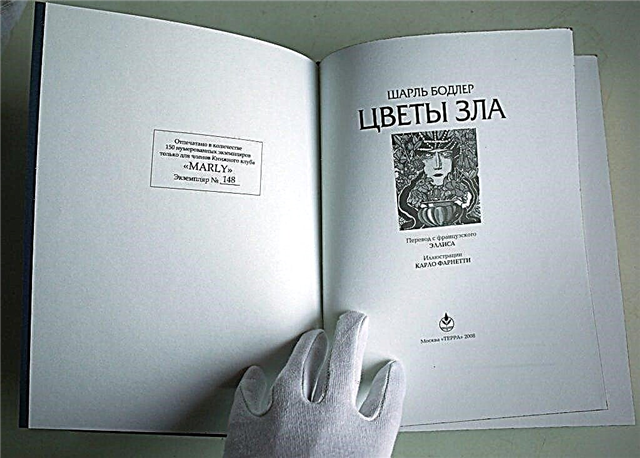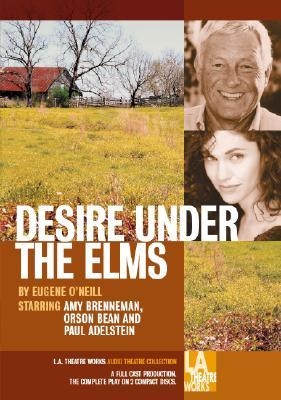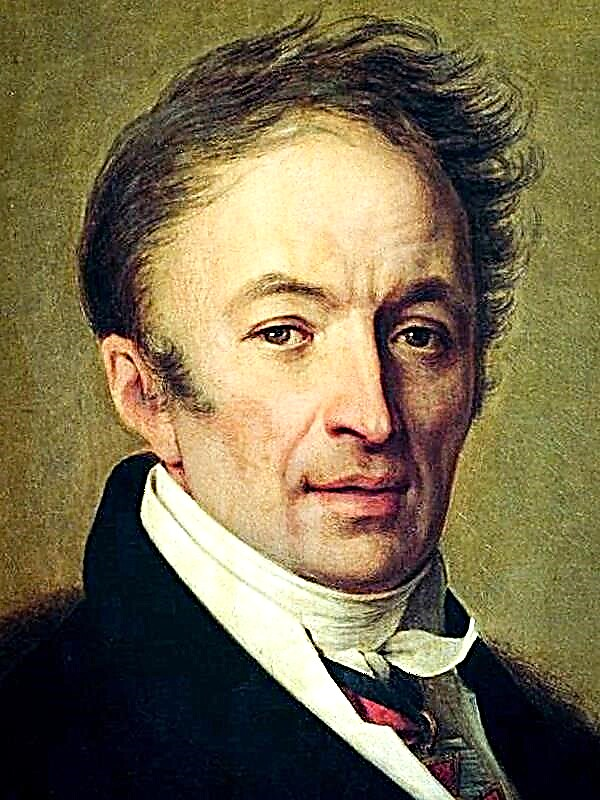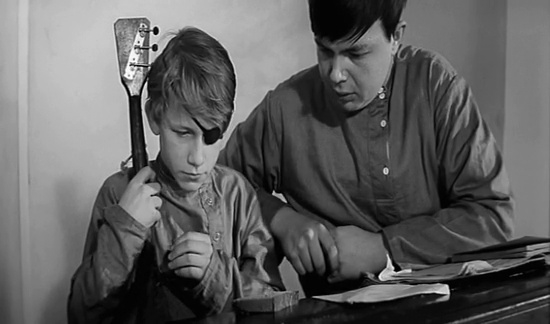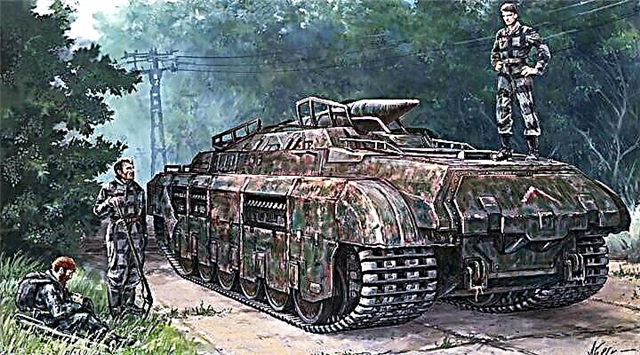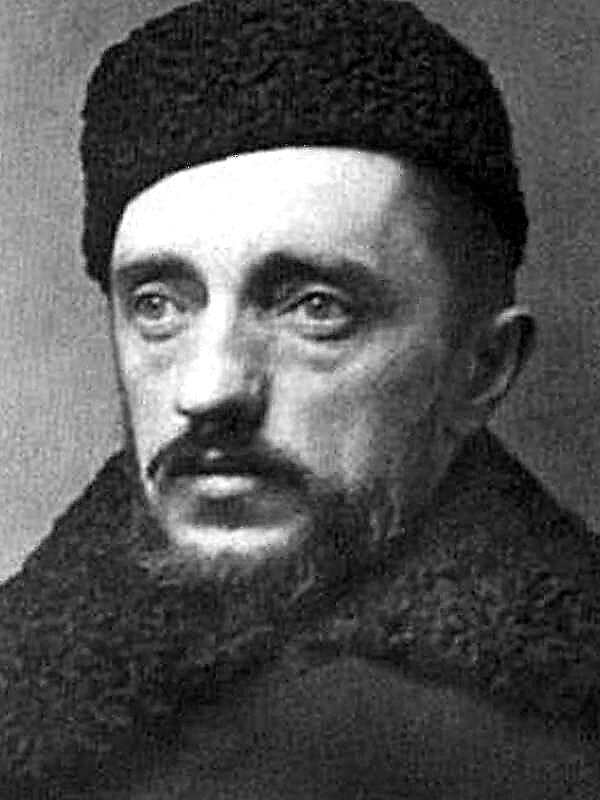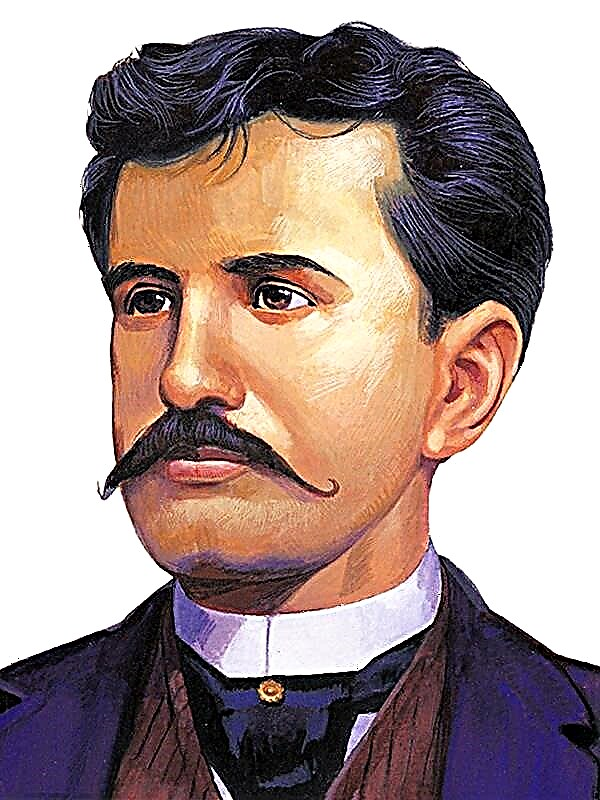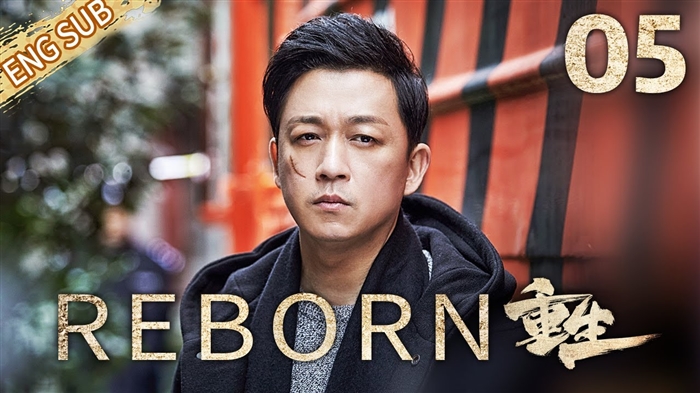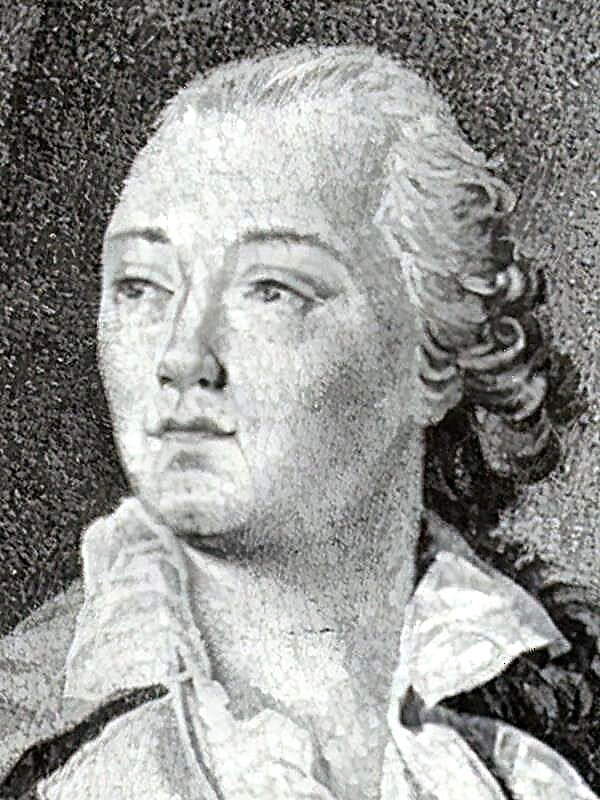(368 words) Leo Tolstoy is one of the most famous Russian writers, as well as a great novelist. On his account there are many works that have been repeatedly filmed and staged both at home and abroad. During his lifetime, Lev Nikolayevich was recognized as the head of Russian literature.
Constant moral search is a hallmark of Lev Nikolaevich’s work. His works in one way or another touched on philosophical questions about how to relate to society and recognized truths. The writer speaks most openly about this in novels and short stories written in the late 70s of the 19th century.
The story "After the Ball", published after the death of the writer in 1911, is a small in volume, but very deep semantic work. Based on the reception of contrast, it is divided into two opposite parts.
The first part of the work describes a ball held in the house of the provincial leader - a good old man. Crowded with light, a sense of joy and love, the event appears to us in pink. “The ball was wonderful: the hall is beautiful, with choirs, musicians - the famous landowner amateur at that time, a gorgeous buffet and a spilled sea of champagne,” says Ivan Vasilievich. In many ways, his vision was due to falling in love with Varenka, an “extraordinary beauty”, the daughter of a colonel. She was slender, graceful and always kept straight, which could scare away if not for her sweet smile and sparkling eyes.
The girl, obviously, was not indifferent to the narrator, since they spent all the ballroom time together. Ivan Vassilievich was led to a sense of delight by the dance of Varenka with her father, a military man who did not cherish souls in his daughter. This was evident from his homemade old-cut boots worn by Peter Vladislavovich in order to save on himself, but bring Varenka to the light.
The atmosphere of the ball can be described with the words of the narrator, Ivan Vasilievich:
“At that time I hugged the whole world with my love. I also loved the mistress in the locker room, with her Elizabethan bust, and her husband, and her guests, and her lackeys, and even the engineer Anisimov who was lying on me. To her father, with his house boots and a gentle smile similar to her, I felt at that time some kind of enthusiastic tender feeling. ”
The composition of the story is based on the antithesis: in the first part, events at the ball are described, in the second, after it. At first, we were presented with a sparkling holiday of youth, happiness and love, which was held on Forgiveness Sunday. On the last day of Shrovetide, believers should forgive each other's sins. After the picture is filled with dark colors, cutting music, and brutal massacre of soldiers.

